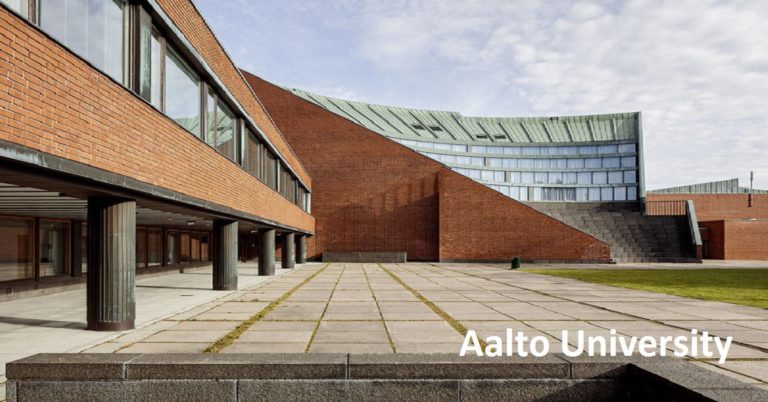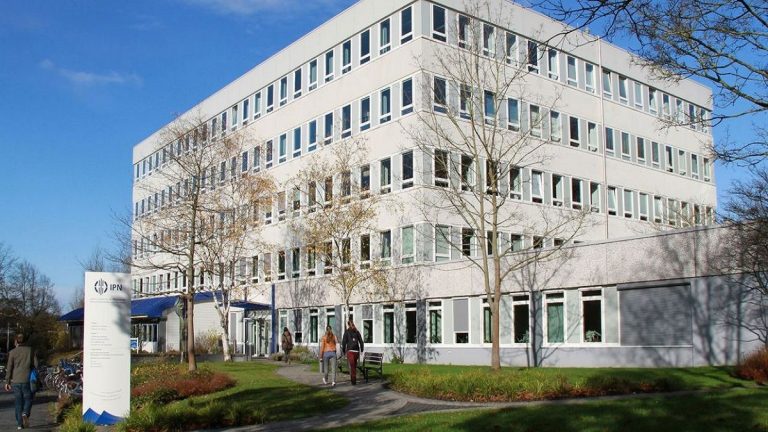
The Ernst Ruska-Centre for Microscopy and Spectroscopy with Electrons (ER-C) is a joint institute of the RWTH and the Forschungszentrum Jülich. The expertise of more than 50 scientists and its outstanding infrastructure with Electron Microscopes that allow subatomic resolution below 50 pm make the Ernst Ruska-Centre one of the world-leading institutes for High-resolution Transmission Electron Microscopy (TEM) imaging and theory development.
Our group pioneered the emerging field of momentum-resolved Scanning TEM, where 4D data sets are recorded with ultrafast cameras at speeds of more than 1000 images per second. This new imaging mode allows the simultaneous acquisition of real- and momentum/diffraction space information. This provides yet unavailable insights into the functional properties of materials and highest flexibility for dedicated contrast formation in TEM. We invite you to explore and develop its potential in one of the following Master projects:
Topic 1: Ferroelectricity in PbZrxTi1-x – a new 4D Scanning TEM approach
In Scanning Transmission Electron Microscopy (STEM), a highly focused electron beam is scanned over the specimen, and a diffraction pattern formed by partly subatmic interaction volumes is recorded. Amongst other parameters, the details of such diffraction patterns are sensitive to the local polarisation in ferroelectric materials, which play an emerging role in future data storage devices.
In this thesis, you will learn to acquire atomically-resolved 4D-STEM data at state-of-the-art aberration-corrected microscopes. In a first step, you will determine the polarisation in PbZrxTi1-x (PZT) structurally by analysing cation positions in conventional atomic-resolution STEM images. Secondly, a method is to be developed to measure the local polarisation field from 4D-STEM data. In particular, this involves the measurement of first moments in diffraction space and the tracking of the position of the undiffracted beam. These findings are to be compared with the structural results. Thirdly, you will use image existing software for simulations to interprete this data and to optimise experimental parameters.
Topic 2: Nanoscale imaging of weak-phase objects using momentum-resolved STEM
Scanning Transmission Electron Microscopy (STEM) has historically been used in Materials Science mainly. One reason for this are detectors that are incapable of recording fine details in diffraction patterns, as they cover large solid angles. The imaging of biological specimen is today severely hampered by the lack of contrast in such weakly scattering specimen consisting of light atoms only. However, new exciting opportunities are now arising thanks to the availability of ultrafast cameras. They allow for the recording of weak diffraction features and provide highest flexibilty in optimising image contrast post-acquisition on a computer.
You will be trained to record and analyse 4D-STEM data, i.e., a large number (105) of diffraction patterns recorded for each position of a scanning focused electron probe. After an introduction to the physics of various contrast mechanisms in electron microscopy, an important part of the project will be the development and application of data treatment schemes on high-resolution diffraction data, with the goal of finding efficient ways to extract contrast from weak scattering objects in biology. You will use existing simulation software to support your measurements and to optimise imaging parameters such as focus and electron dose. Note that your background should be physics, being essential to understand the interaction of electrons with matter and contrast mechanisms based on quantum mechanics.
Topic 3: Structural analysis of perovskites using calibrated momentum-resolved STEM
Oxide heterostructures offer unique opportunities to manipulate the interplay between spin, charge and lattice degrees of freedom. In oxide perovskites (ABO3) physical properties are largely driven by structural distortions such as the rotation of the BO6 octahedra. The wealth of information in momentum-resolved 4D-Scanning Transmission Electron Microscopy (STEM) with atomic resolution provides unique possibilities for the quantitative measurement of atomic structure and chemical composition. However, careful calibration of the new ultrafast detector hardware, automatised experiments and computer-assisted data analysis are essential for quantitative work.
In this thesis, you will learn to acquire atomically-resolved 4D-STEM data using state-of-the-art aberration-corrected electron microscopes. By using the scripting interface to the microscope, you will perform pioneering work on automatised data processing, alignment and calibration of the microscope/detector hardware first. Secondly, you will be trained to perfom dedicated software-controlled experiments autonomously for up to date perovskite specimen to study structural parameters such as strain, cation positions or octahedral tilts, to be correlated with functional properties. Third, existing software is used to perform accompanying simulations so as to judge the reliability of your experiments.
Topic 4: Measurement of charge densities at defects in 2D materials
2D materials such as Graphene, MoS2 or hexagonal BN exhibit fascinating physical properties such as ballistic transport or tunable superconductor/insulator behaviour. In this respect, single defects such as vacancies or impurity atoms can drastically affect device performance.
In this project, you will use atomically-resolved 4D Scanning Transmission Electron Microscopy (STEM) to acquire diffraction patterns from subatomic volumes in 2D materials. By calculating the first moment in diffraction space, you will obtain a distribution of the local electric field at subatomic scale, which you can convert into the charge density r using Maxwell’s theory. The focus of this work is to measure r in the vicinity of defects in 2D materials studied in cooperation with the AG Stampfer, and to explore the experimental sensitivity as to the redistribution of electrons due to missing/substituted bonding atoms.
Contact:
Dr. Knut Müller-Caspary
Group Leader – des. Prof. RWTH
k.mueller-caspary@fz-juelich.de
https://morestem.fz-juelich.de/
Announcement as pdf file: ![]() 4 Master Theses: Four-dimensional atomic resolution electron microscopy topics (PDF, 377 kB)
4 Master Theses: Four-dimensional atomic resolution electron microscopy topics (PDF, 377 kB)






